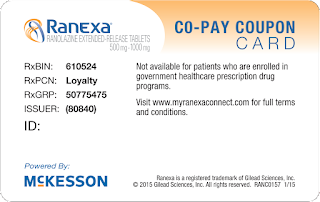Dereliction of Fiduciary Duties by CFOs and HR Execs Triggering Department of Labor Investigations
 |
| Click to Learn More |
The first shots across the bow have been fired highlighting how benefits leaders need to pay as close attention to health benefits as they have been paying to retirement plans. The most recent lawsuits name the HR leaders in the companies involved (GAP and CB&I) as defendants since they are listed as the plan administrator (sometimes CFOs are the plan administrators).
Tyrone’s Commentary:
It’s been my experience that most brokers and consultants are well-schooled in medical benefits but have not quite yet reached that same level of proficiency in the pharmacy benefits arena. Furthermore, there exists an expectation gap between what HR Execs and CFOs believe their brokers to know and what they actually know [do] about pharmacy benefits management. This is a good time to close that gap and get ahead of the problem before it bites you in the you know what.
It’s clear that there is going to be the increased scrutiny for health benefits that has been commonplace for retirement benefits. For example, you can Google “ERISA class action” to find the many cases surrounding retirement benefits going after plan administrators for failing in their fiduciary duties. Similar cases in health care could have as far-reaching implications as Obamacare in driving employers to health benefits that deliver value.









